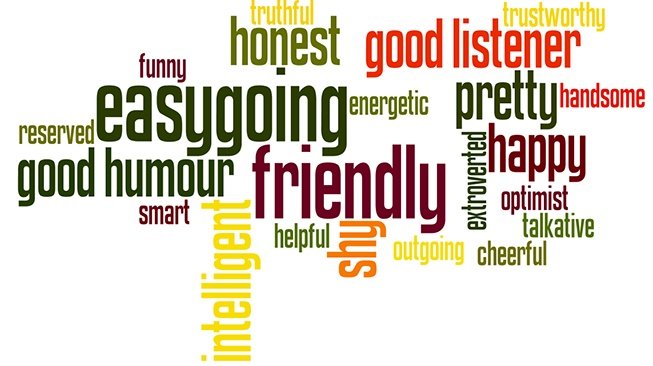In English, it is common to use more than one adjective before a noun. For example, “My brother lives in a nice new house,” or “In the kitchen there was a beautiful large round wooden table.”
Adjectives like nice, beautiful are opinion adjectives. They tell us what somebody thinks of something or someone, even though it may not be true. Whereas, adjectives like new, large, round, wooden are fact adjectives. They give us factual information about age, size, colour etc.
When you use more than one adjective, you have to put them in the right order, according to type. This page will explain the different types of adjectives and the correct order of adjectives.
Adjectives are normally placed before a noun in the following order:
- Determiner – the nice dress
a big car; an old book
my red socks; your round face, etc
some delicious apples; several young girls; many, any, etc
one fine day; two large dogs; etc.
the first, second, third etc.
this straw hat; that broken toy; these, those
- Opinion – an expensive antique mirror; a delicious hot soup
- Fact –
(a) Physical Description:
size and length – a big English sheepdog; a handsome tall young man
shape and width – a large round table; a long narrow street
age – her big old dog; my beautiful new desk
colour – a small black bag; an old white shirt
When there are two or more colour adjectives, we use and:
a black and white dress; a red, white and green flag
There are also some established conventions in order of colour
adjectives, such as black and white, (not white and black); red
white and blue.
(b) Origin – an old Russian song; the latest American film
(c) Material – a large wooden table; an expensive oval antique silver mirror
(d) Qualifier – a beautiful old Italian touring car; several young American basketball players
While the order of adjectives may vary slightly, the order indicated above is commonly used. These categories are offered as a guide. They are not “written in stone”.

Comments (0)